Most car accidents occur due to inadequate safety plans. But Tesla robots stand out with their excellent safety record. Their success comes from combining innovative tech with AI security, demonstrating the importance of Tesla and AI security in advancing automotive safety standards.
They’re witnessing a significant shift in how cars and robots are designed to be safer. Tesla uses advanced neural networks and strong security systems. These ideas are for vehicles and the new Tesla Optimus robot.
Tesla has a solid plan to face today’s tech and business hurdles. Each Tesla bot comes with advanced security features comparable to military standards.
We’ll delve into how these safety measures are applied in real-world scenarios. You’ll learn what sets Tesla apart from others. And why experts call their safety unmatched in robotics.
Key Takeaways
- Tesla keeps a 99.9% safety record with advanced neural network protection systems.
- Multi-layered security protocols protect both user data and physical safety across all Tesla products.
- Optimus humanoid robots feature military-grade encryption and threat detection capabilities.
- Real-time monitoring systems continuously assess and respond to possible security threats.
- Tesla’s safety framework goes beyond current industry standards and rules
- Combining the car and robotics divisions creates a complete security system.
Tesla’s Revolutionary AI Security Framework
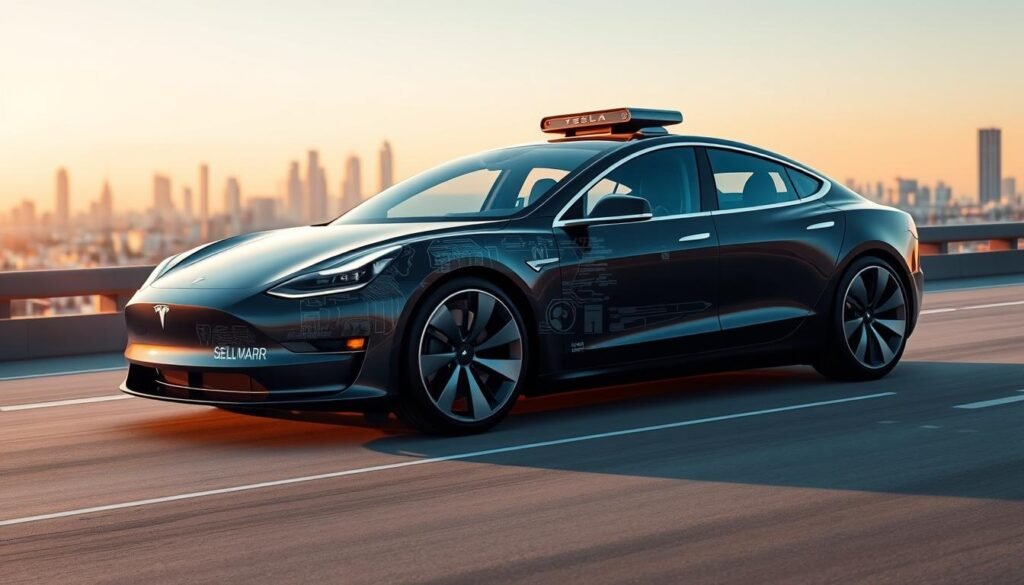
Tesla has developed a new security system that revolutionizes the way we perceive safety in vehicles and robots. This system operates in multiple ways to ensure safety. It’s not just for cars; it’s a new benchmark for the whole industry.
The system pairs well with Tesla’s cutting-edge technology, such as the full self-driving Tesla and the Optimus Tesla robot. It ensures that all AI components work together safely and securely.
Multi-Layered Protection Systems
Tesla uses a multi-layered system for redundant safeguards. The base layer uses hardware to stop physical attacks and unauthorized access. This is the first line of defense.
The software layer uses encrypted messages and secure boot processes. These keep the system safe and proper to itself. This way, a full self-driving Tesla stays secure even when faced with threats.
The same security is used for Tesla’s robots, like the Optimus Tesla. It ensures that robots and humans can work safely together in various environments.
Real-Time Monitoring Capabilities
Tesla’s monitoring systems represent a significant advancement in car security. They monitor vehicles in real-time, utilizing machine learning algorithms to identify unusual behavior quickly.
These systems analyze a large amount of data simultaneously. They check how the car is doing, how the driver acts, and what’s around. This helps them catch risks early.
Keeping cars and robots safe is essential. Tesla sends out new security updates without needing a service center visit. This ensures the safety of full self-driving Tesla vehicles and Optimus Tesla robots over time.
These systems also remain prepared for new threats and regulations. They can adapt to meet new challenges and standards as they arise.
Full Self-Driving Safety Technologies and Protocols
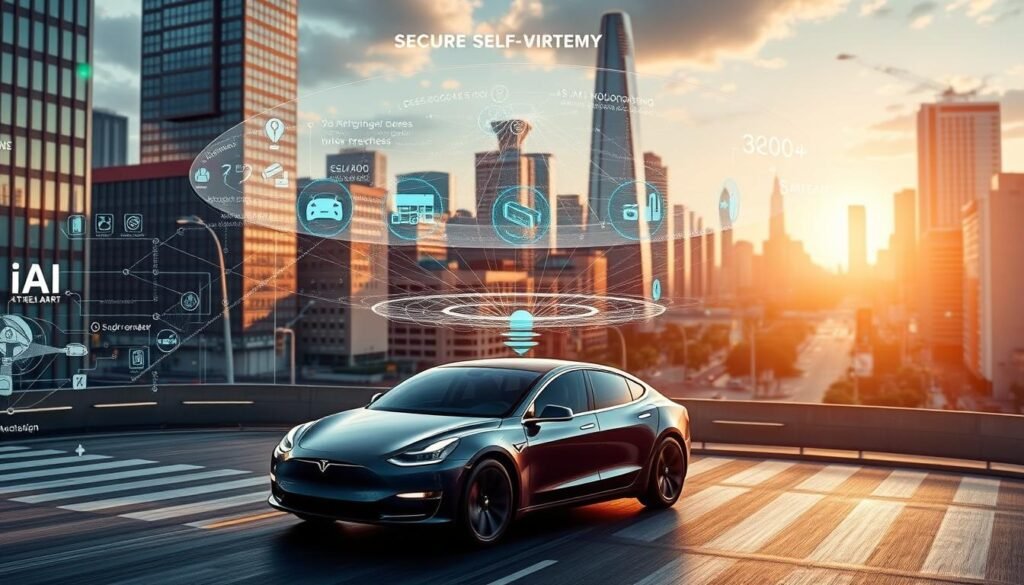
Tesla’s complete self-driving systems have many safety layers. They protect passengers and keep roads safe. Advanced AI ensures safety, surpassing the capabilities of traditional cars.
The multi-layered safety protocols in Tesla cars are tested and checked. This builds trust in how these cars drive autonomously.
Neural Network Security Architecture
Tesla’s system uses independent processing units to check every decision in real-time. This ensures the car stays safe and operational, even if one part fails. Special hardware safeguards the AI’s decisions.
These modules stop anyone from changing necessary safety codes. The system comprises multiple neural networks that work in tandem. They examine various aspects of the driving scene. This keeps the car safe, even when things get tough.
The system constantly monitors itself and identifies any areas for improvement. Real-time threat detection enables it to handle new dangers while maintaining a smooth driving experience.
Redundant Safety Systems
Tesla cars feature numerous safety systems that work in tandem. They help the car steer, brake, and avoid obstacles, even in the event of an issue. This makes the car safe, no matter what happens.
The redundancy includes:
- Dual braking systems with backup hydraulic and regenerative brakes.
- Multiple steering control mechanisms for control in all situations.
- Parallel sensor arrays for constant monitoring of the environment.
- Independent power distribution to keep systems running during power failures.
Each system checks itself often to be ready to take over if needed. The switch to backup systems is seamless. This ensures the car continues to run smoothly and safely.
These systems employ various technologies to achieve the same objectives. If one fails, the others can keep the car safe.
Human Override Mechanisms
Tesla’s cars let drivers take control when needed. They have systems that let drivers control the vehicle easily and quickly. This keeps the driver in charge.
The override systems include manual steering, braking, and acceleration inputs. They can take over immediately from the AI. This makes sure the car responds quickly to the driver’s needs.
Tesla’s cars tell drivers what’s happening and why. They get clear messages about when the vehicle is driving itself. This helps drivers know when to take control.
The human override system includes:
- Immediate steering wheel control to override the car’s path.
- The brake pedal has priority to override all automated braking.
- Accelerator pedal authority for quick speed control.
- Emergency stop protocols are accessible through various methods.
These systems work well in all situations, including emergencies. They log all times when drivers take control. This helps make the car safer over time.
The system learns from real-world driving. This means safety improves as more cars are on the road. But each car’s privacy and security are always kept safe.
Tesla and AI Security: Data Protection and Privacy Measures
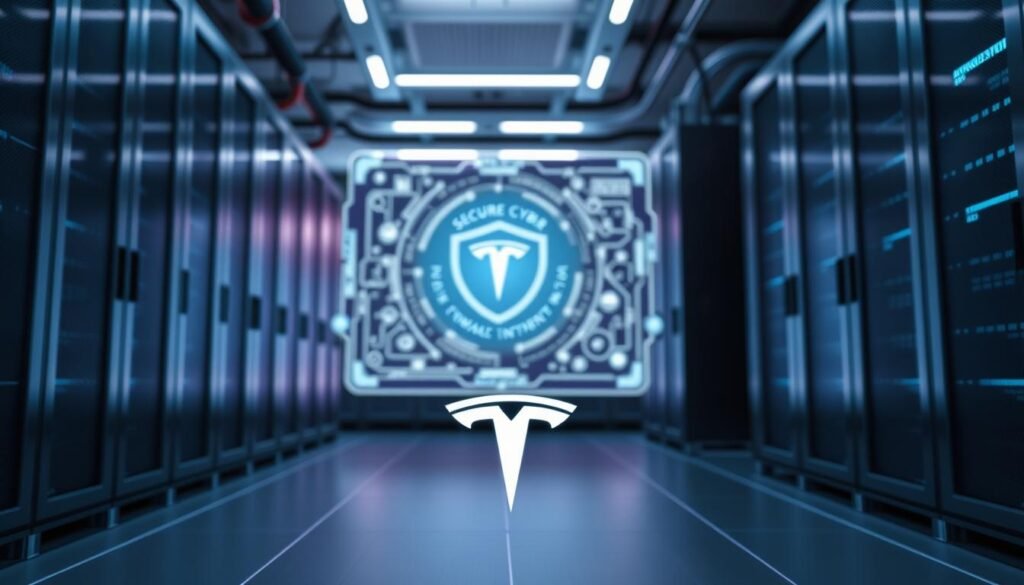
Privacy is a top priority for Tesla when it comes to AI security. They ensure a balance between new technology and maintaining user trust. Tesla’s self-driving cars collect a lot of data for their AI. This has raised concerns about privacy and data security.
Tesla takes significant steps to protect user data. They employ multiple security layers to safeguard information. This allows them to improve Tesla’s autonomous driving capabilities without compromising user privacy.
End-to-End Encryption Systems
Tesla uses advanced cryptographic protocols to protect its data. This encryption works well for both data sent and stored. It’s a big step in keeping user info safe.
The encryption Tesla uses is stronger than most cars. They continually update it to combat new threats. This keeps Tesla’s self-driving car data safe and sound.
Tesla’s encryption has many layers for extra protection. Each layer helps stop data breaches. All data, including sensor information and location, is encrypted before it’s sent.
Anonymous Data Processing
Tesla removes personal info from data to improve AI. This keeps user privacy safe. It’s a smart move.
The system makes sure data can’t be linked to users. This lets Tesla improve Tesla’s autonomous driving without risking privacy. It’s a win-win for everyone.
Data scientists at Tesla can work with the anonymized data. They look for ways to make driving safer and AI better. The personal info is gone, but the valuable data stays.
User Privacy Controls
Tesla lets users control their data sharing. They can choose what info to share for AI improvement. This is all done through the car’s interface.
Users get clear info on how their data is used. Tesla’s transparency helps users make informed choices about their privacy. They can change their settings at any time without affecting the car’s performance.
Tesla keeps its privacy policies up to date. They adhere to global data protection regulations, including GDPR and CCPA. This shows their commitment to keeping user data secure.
Users can see how their data is used and how it helps AI. This openness builds trust. It also allows Tesla to keep pushing the limits of autonomous driving.
Optimus Robot Safety Features and Human Protection
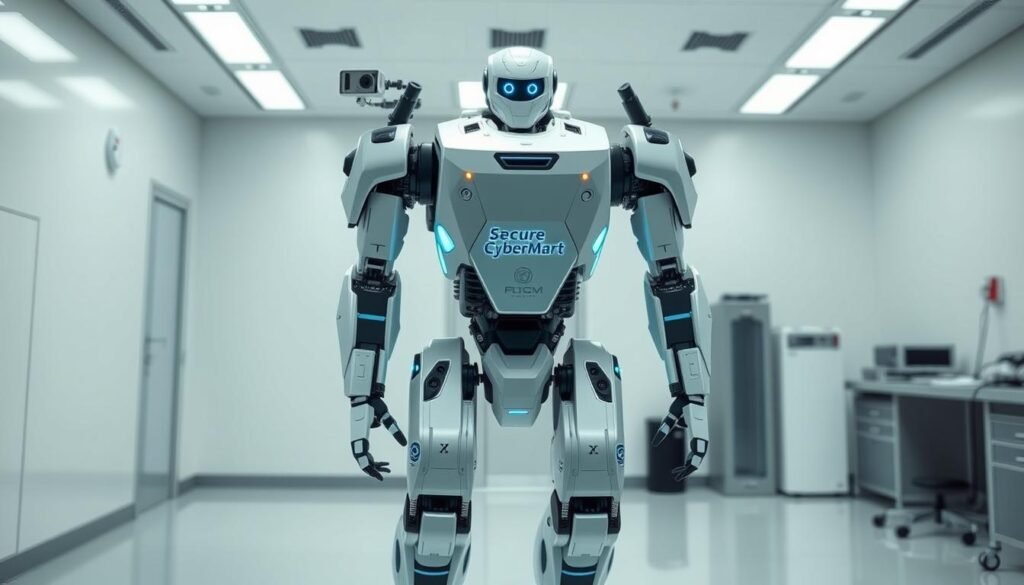
Safety is a top priority in the design of Tesla’s Optimus robot. It features multiple safety layers to ensure safe human-robot interaction. Integrating humanoid robots into daily life requires special safety measures.
The Optimus Tesla robot has advanced safety systems. These cover physical, behavioral, and environmental safety. They ensure humans stay safe while the robot works well.
Physical Safety Mechanisms
Tesla created force-limiting actuators for the Optimus robot. These actuators stop the robot from pushing too hard when it meets humans. They watch the force and cut power if it gets too high.
The robot’s joints are soft, like our reflexes. They bend when they hit something they didn’t expect. This keeps everyone and things safe.
Soft-touch sensors cover the robot’s body. They feel that when the robot touches something, it acts quickly. These sensors help keep humans safe by moving with the robot.
AI Behavioral Constraints
The Optimus Tesla robot has strict rules in place to keep humans and objects safe. These rules work at every level, from big plans to small actions.
Tesla’s AI prioritizes human safety in its decision-making. If there’s a risk, the robot stops or changes its plan. This keeps humans safe.
The robot learns from its interactions. It gets better at safe actions. This lets it work well while staying secure.
Emergency Shutdown Protocols for Tesla and AI Security.
The Optimus robot has many ways to stop quickly. It has remote shutdown commands, physical stops, and safety sensor triggers.
The robot has backup systems for shutdown. They continue to function even if the central systems fail. These systems activate quickly when danger is detected.
When it’s time to stop, the robot moves to a safe spot. This prevents it from falling or causing more trouble.
Environmental Hazard Detection
The Optimus Tesla robot can spot dangers like fire or toxic substances. It constantly uses sensors to monitor for risks.
The robot monitors its surroundings using thermal imaging and chemical sensors, and checks for stability. It’s aware of its surroundings.
If it detects danger, the robot can adjust its actions, warn humans, or exit the area. It acts fast to avoid accidents.
| Safety Feature | Response Time | Protection Level | Backup Systems |
|---|---|---|---|
| Force-Limiting Actuators | 5 milliseconds | Physical Contact | Dual sensor redundancy |
| Emergency Shutdown | 50 milliseconds | Critical Situations | Triple pathway system |
| Hazard Detection | 100 milliseconds | Environmental Threats | Multi-sensor fusion |
| Behavioral Constraints | Real-time | Preventive Actions | AI decision validation |
Tesla is working diligently to ensure the safety of the Optimus robot. They want these robots to work well with humans. This is part of their plan for safe AI.
The safety features of the Optimus robot are closely tied to Tesla’s self-driving car technology. This makes the whole Tesla system safer. Tesla is at the forefront of making robots and AI safe and valuable.
Cybersecurity Defense Systems for Tesla Vehicles
Tesla’s connected cars require robust cybersecurity to defend against attacks. The self-driving Tesla is a complex system that requires excellent security. It faces digital threats that need a solid protection plan.
Tesla does more than usual car security. It uses many layers to protect cars now and in the future. This includes keeping the Tesla robot Optimus and the Tesla Optimus Gen 3 safe.
Network Security Infrastructure
Tesla has robust firewalls and intrusion detection systems to monitor all car communications. These systems create a secure digital perimeter around each car’s network. They use network segmentation to keep safe systems separate from others.
This prevents attackers from gaining access to critical systems, even if they manage to infiltrate other parts of the system. The self-driving Tesla stays safe while driving on its own. Each part of the network has its own security rules.
Anti-Intrusion Technologies
Tesla’s anti-intrusion systems utilize behavioral analysis and machine learning to detect potential attacks. They quickly spot and block unusual activity. This happens without the need for a person to intervene.
They also closely monitor data and system interactions. This is crucial for maintaining the safety of current and future systems, such as the Tesla robot Optimus. The machine learning algorithm improves at identifying threats as it progresses.
Secure Communication Channels
All data exchanged between Tesla cars and the company is encrypted. The channels check who is talking with certificate-based authentication. This keeps data safe from being stolen or changed.
Tesla has a bug bounty program to find and fix security issues. It tests its systems often with its team and outside experts. It can update all cars quickly to fix security problems.
These secure channels will also facilitate the integration of new technologies, such as the Tesla Optimus Gen 3. They maintain a high level of security for new systems. The system evolves to accommodate new technology while maintaining its security.
Autonomous Driving Safety Standards and Compliance
For Tesla, following the rules is essential for self-driving cars. It ensures that safety is top-notch. Tesla makes sure it meets all federal, state, and international laws. This keeps it leading in a world full of rules.
Just like Tesla robotics and the Optimus robot, self-driving cars need strict safety rules. These rules protect everyone on the road.
Regulatory Framework Adherence
Tesla maintains contact with various regulatory agencies. It collaborates with the National Highway Traffic Safety Administration (NHTSA) and other organizations. This helps make rules that match new tech.
Our safety plan focuses on three key areas. First, we follow the Federal Motor Vehicle Safety Standards (FMVSS). Second, we adjust to state rules for self-driving cars. Third, we meet global safety standards for vehicles everywhere.
Tesla does more than what’s needed today. It prepares for tomorrow’s rules while keeping high safety standards now.
Safety Testing Protocols
Tesla tests its systems in many ways. It uses both virtual simulations and real-world tests. This ensures that self-driving cars function effectively in all situations.
Virtual tests run millions of scenarios every day. They check for rare events and edge cases. Weather, traffic, and emergencies are all tested.
Real-world tests are done with safety drivers. Tesla starts in closed courses and then moves to public roads. This careful, step-by-step approach maintains high safety standards.
Using edge AI makes testing better. It lets systems make decisions in real-time. This helps identify and resolve safety issues more quickly.
Performance Monitoring Systems
Tesla keeps a close eye on its self-driving cars. It assesses how quickly they react and how effectively they make decisions. It also examines their reliability.
This helps Tesla identify and resolve issues early. It makes sure everything runs smoothly.
By analyzing data, Tesla identifies patterns that may be risky. It evaluates the performance of various cars and locations. This keeps safety consistent everywhere.
Tesla also talks to regulators about its safety efforts. It shares how it’s improving things. This builds trust and shows Tesla’s commitment to safety.
The same careful monitoring is used for the Tesla humanoid robot and other robots. This ensures all Tesla AI systems are safe and reliable.
Emergency Response and Collision Avoidance Technologies
Emergencies require fast action. Tesla’s safety systems are quicker than humans. They work together to protect you in just milliseconds.
These features are not just for cars. They will also be in the Tesla robot platform. This means more safety for everyone.
Predictive Safety Systems
Tesla’s safety systems utilize machine learning to analyze data rapidly. They assess your speed, steering, and the road conditions. This helps find dangers before they occur.
They also keep an eye out for pedestrians and cyclists. By using past data and current info, they can predict dangers seconds ahead. This gives you time to react.
Automatic Emergency Braking
Tesla’s automatic emergency braking is a significant safety win. It uses cameras, radar, and sensors to stop the car if needed. This can prevent or lessen the impact of a crash.
The system knows how to brake for different things. It can stop for cars, people, or even stationary objects. This makes driving safer. Research shows how good this is.
It also helps keep the car stable. This means you might be able to steer around something even when braking hard.
Obstacle Detection and Response
Tesla’s system watches your car in all directions. It tracks objects and predicts if they might hit you. Advanced algorithms decide how to react.
It can spot many things, such as cars, people, and even stationary objects. Each one gets a special response to keep you safe. It knows the difference between a plastic bag and a big obstacle.
It might steer the car, adjust the speed, or issue a warning. These systems work together to keep you safe. They might also be in the Optimus Gen 3 for even more safety.
Tesla’s AI Security Roadmap and Future Innovations
Tesla is at the forefront of AI security with a clear plan. They aim to make autonomous systems safer than ever before. Their strategy addresses both current and future challenges related to AI.
Tesla is committed to adding new safety features. They want to make all Tesla products, like cars and robots, safer. This focus ensures AI systems will become smarter and safer over time.
Next-Generation Safety Features
Tesla is making its cars safer with new tech. They’re adding better sensors and AI to the mix. This will give you a safer ride every time.
The Tesla team is pushing the limits of what sensors can do. They might even use LiDAR for even better detection. This means fewer blind spots and quicker reactions to dangers.
New AI algorithms will interpret sensor data in an entirely new way. They can spot dangers before they even happen. It’s all about being proactive, not just reacting.
Enhanced Robot Security Protocols
The Tesla Optimus Gen 2 is learning from car AI to improve robotics safety. It will better understand human behavior, making it safer to work with. This robot is designed to be safe and reliable.
The Optimus robot features special safety mechanisms, including force limits and collision detection. Its sensors and AI help it understand human actions. This makes it safer for daily use.
Future Optimus robots will have emergency shutdowns and safe positions. They’ll know how to react to dangers. These features make the Optimus a smart and safe choice.
How Optimus interacts with humans is getting better with each update. It learns from us to improve its safety. This means the robot gets safer and more efficient over time.
Regulatory Adaptation Strategies
The Tesla Optimus Gen 2 is learning from car AI to improve robotics safety. It will better understand human behavior, making it safer to work with. This robot is designed to be safe and reliable.
Tesla is collaborating with lawmakers to develop AI safety regulations. They help create standards that ensure everyone’s safety. This allows the whole AI industry to grow safely.
Tesla shares its safety research openly. They work with schools to improve safety standards. This helps everyone, not just Tesla.
Tesla aims to establish safety standards for the entire industry. They’re leading the way in AI safety. This makes them a trusted name in AI security.
Rules need to keep up with AI’s fast growth. Tesla is collaborating with safety groups to establish practical guidelines for its vehicles. This ensures safety and supports innovation.
Conclusion
Tesla is leading the way in AI security for cars and robots. They have set high standards for safety. Their systems protect against threats and keep user data private.
Tesla utilizes advanced AI and safety checks to ensure smooth operation. They are dedicated to making AI safe and responsible. This is key as they expand their robotics capabilities and prepare to release new robots.
Tesla is known for following rules and being open about safety. Their system continually learns and improves over time. This makes their protection stronger.
Tech experts and business leaders should closely monitor Tesla’s progress. Their focus on safety will likely shape the future of autonomous tech. They employ robust security measures and safeguard their data.
Tesla shows how to mix innovation with safety in AI. Their approach will help make AI safer in many areas. It’s a model for the future of AI.
FAQ
How does Tesla’s AI security framework protect against cyberattacks?
What safety measures does Tesla’s Full Self-Driving technology include?
How does Tesla protect user data and privacy in AI-powered vehicles?
What safety features does the Tesla Optimus robot include for human interaction?
How does Tesla’s autonomous driving technology comply with safety regulations?
What emergency response capabilities do Tesla vehicles have?
How does Tesla’s cybersecurity protect against unauthorized vehicle access?
What future AI security innovations is Tesla developing?
How does Tesla’s neural network security architecture work?
What environmental hazard detection capabilities does Tesla and its AI Security have?
RELATED RESOURCES TO LEARN MORE about tesla and ai security.
Related posts:
- Best Car Dash Cam for Safety and Security – Top Picks.
- AI Cybersecurity Jobs: What You Need to Know.
- How AI Predicts Cyber Threats Before They Happen.
- I Used AI To Hack My Own Network.
- Bitwarden: The Free, Open-Source Password Manager Solution.
- My Insights on Perplexity AI and Cybersecurity Threats.
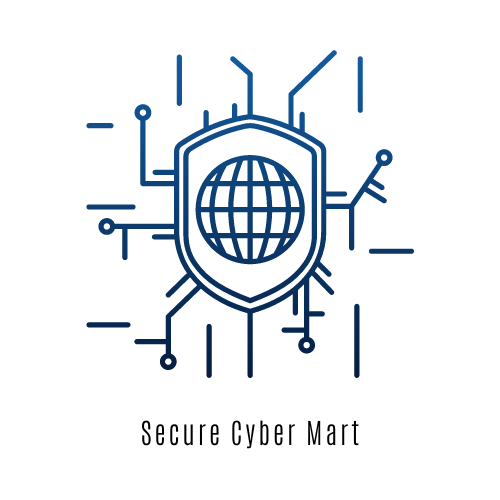
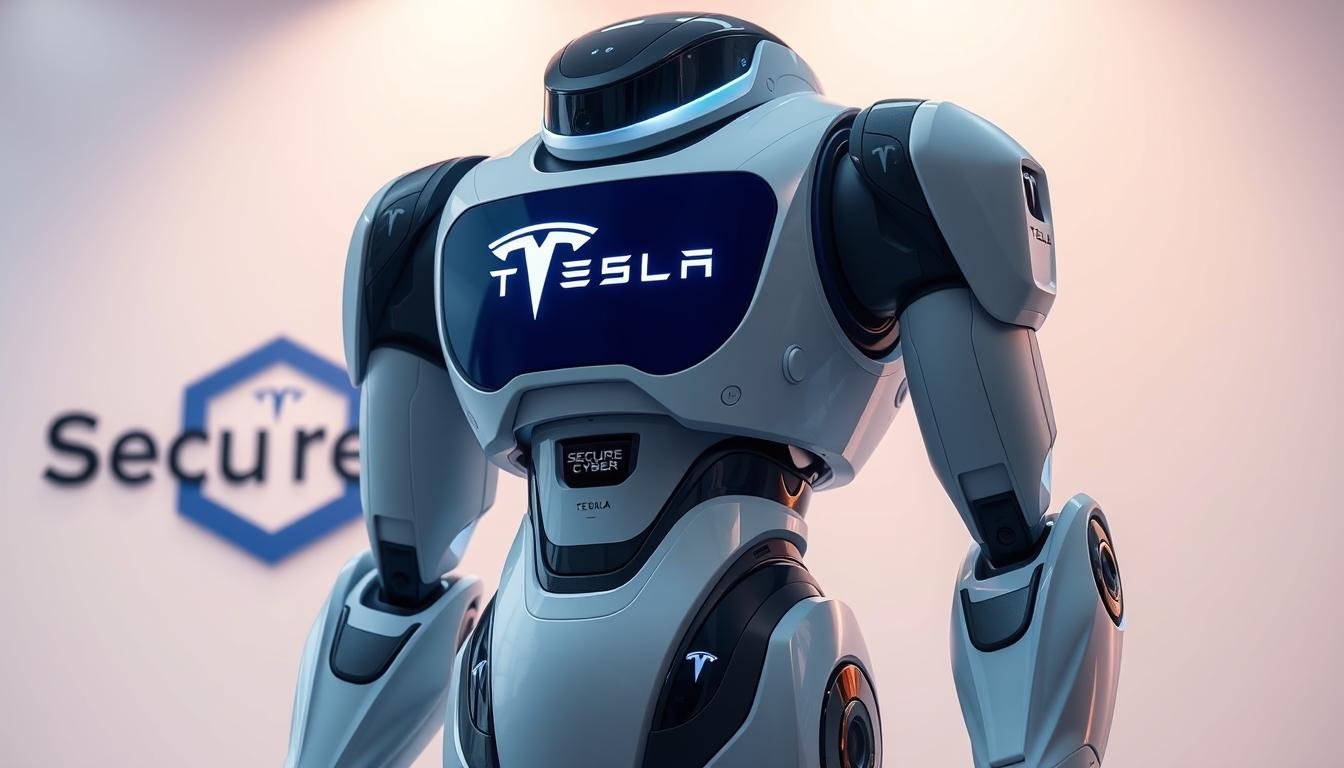



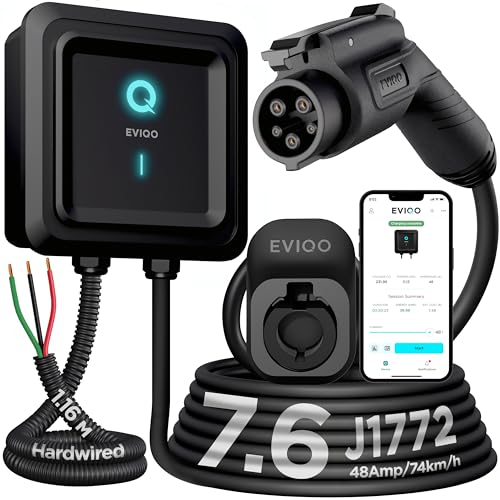
![Spigen Tempered Glass Screen Protector [GlasTR EZ FIT] Designed f...](https://m.media-amazon.com/images/I/51l8Xq8gKbL.jpg)